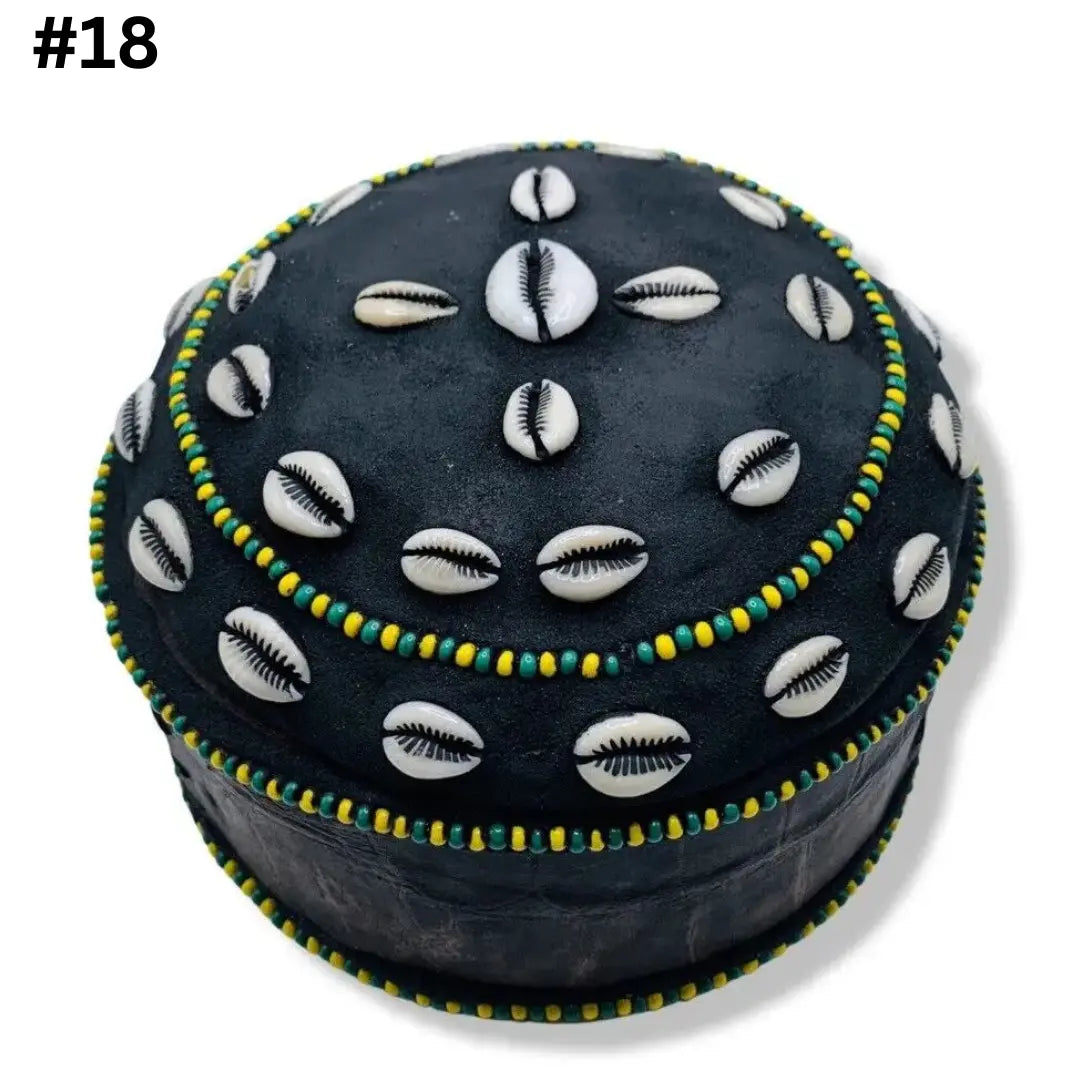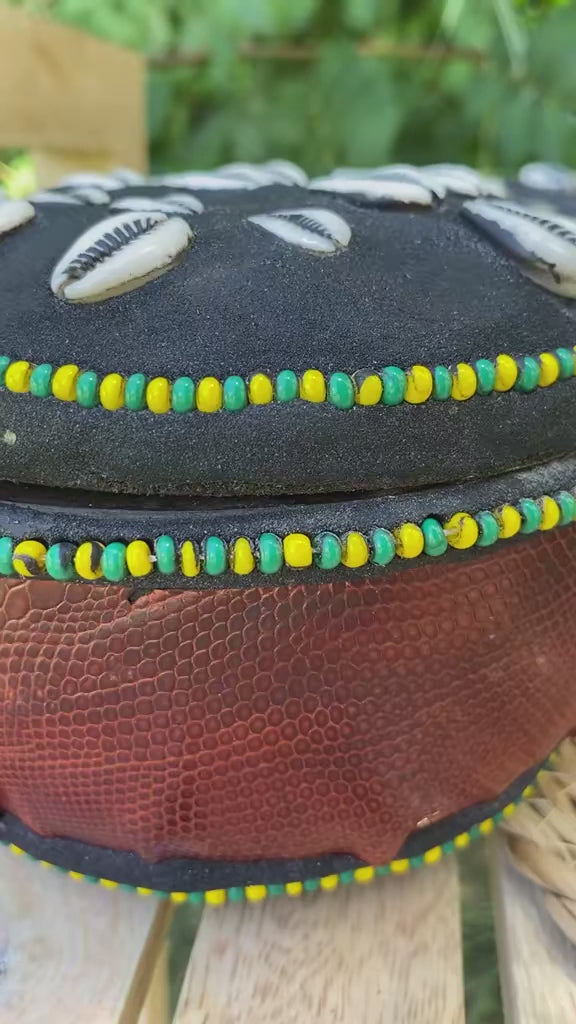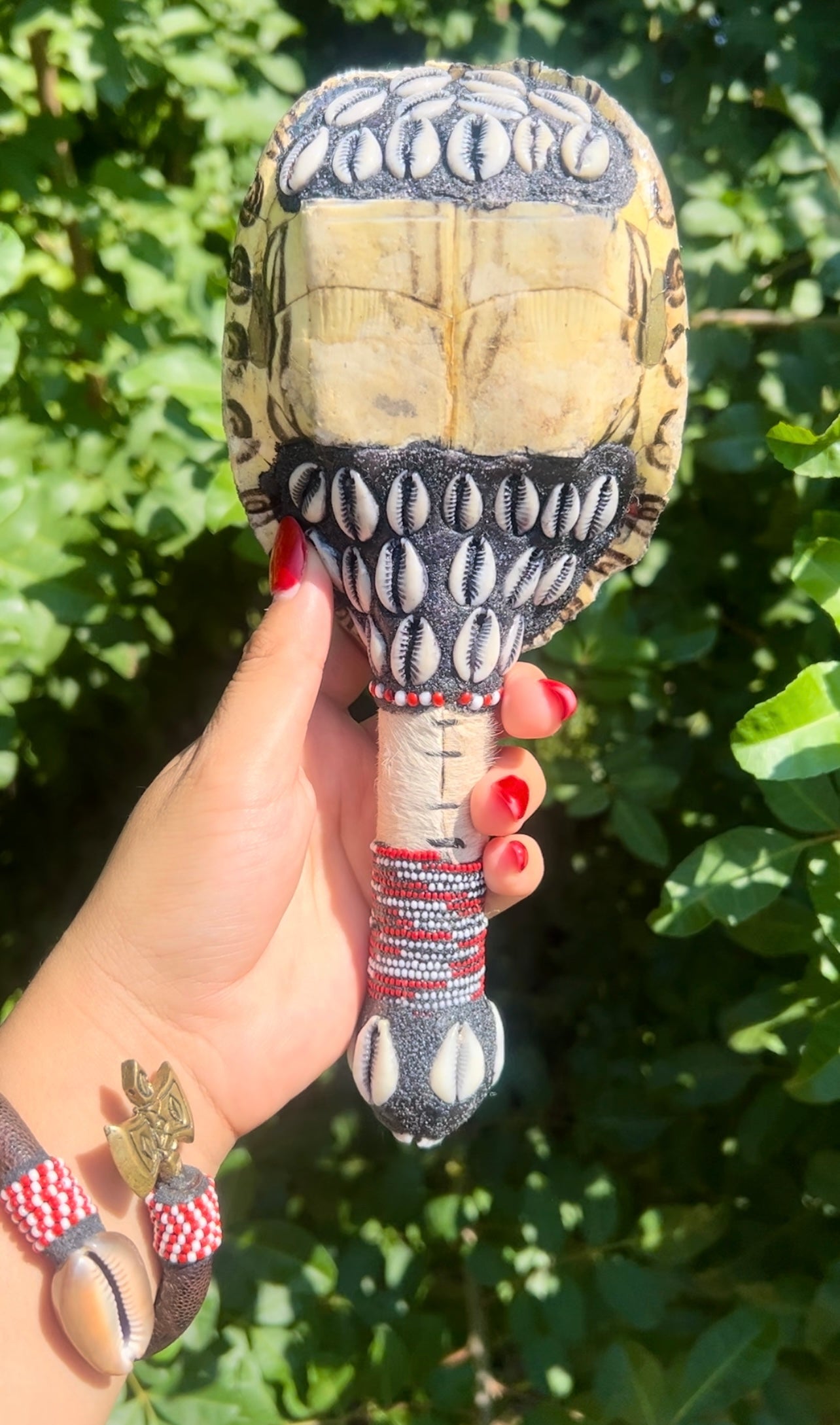In a world where spirituality and materialism often seem to collide, Espiritismo offers a unique perspective that seeks to bridge the gap between the two realms. Rooted in Latin American and Caribbean traditions, Espiritismo is a spiritual practice that draws upon a rich blend of indigenous beliefs, African spirituality, and European spiritualism. This article delves into the fascinating world of Espiritismo offerings, exploring the rituals, significance, and ways in which this practice connects individuals to both the spiritual and material dimensions of existence.
Table of Contents
- Introduction
- Understanding Espiritismo
- The Significance of Offerings in Espiritismo
-
Types of Offerings
- Food Offerings
- Candle Offerings
- Flower Offerings
- Personal Items Offerings
- Preparing for an Offering Ritual
- Conducting an Offering Ritual Step-by-Step
- Establishing a Connection with Ancestors
- Balancing Spiritual and Material Intentions
- The Role of Mediums in Espiritismo Offerings
- Respecting Cultural Sensitivities
- Espiritismo in Modern Times
- Benefits of Espiritismo Offerings
- Challenges and Misconceptions
- Embracing Espiritismo as a Personal Journey
- Conclusion
- FAQs
1. Introduction
Espiritismo is more than a mere practice; it's a profound way of connecting with the spiritual forces that surround us. Rooted in the syncretism of cultures, it harmoniously blends elements of various belief systems.
2. Understanding Espiritismo
Espiritismo is a spiritual practice that centers on communication with spirits, guides, and ancestors. It's a journey of seeking guidance, protection, and healing from those who have transcended the physical realm.
3. The Significance of Offerings in Espiritismo
Offerings are the heart of Espiritismo rituals. They serve as a symbolic bridge between the living and the spirit world, expressing gratitude, honor, and reciprocity to the spiritual entities.
4. Types of Offerings
4.1 Food Offerings
Food is a universal symbol of sustenance. Offered to spirits, it nourishes their energy and serves as a gesture of respect and sharing.
4.2 Candle Offerings
Candles illuminate the path for spirits to reach the living world. Each color holds a specific meaning, enhancing the ritual's intention.
4.3 Flower Offerings
Flowers represent the beauty of life and the ephemeral nature of existence. They embody emotions, conveying messages to the spirits.
4.4 Personal Items Offerings
Personal items connect the living and spirit realms. These items hold sentimental value and create a tangible link with the departed.
5. Preparing for an Offering Ritual
Before conducting an Espiritismo offering, one must cleanse the space, set intentions, and gather the necessary items.
6. Conducting an Offering Ritual Step-by-Step
- Light a white candle as a symbol of purity.
- Arrange offerings with care and intention.
- Open yourself to the spiritual energies, focusing on your intentions.
- Express gratitude and invite the spirits to partake in the offerings.
- Meditate and listen for any messages or signs.
7. Establishing a Connection with Ancestors
Espiritismo emphasizes the relationship with ancestors, as they hold wisdom and guidance for the living.
8. Balancing Spiritual and Material Intentions
Espiritismo recognizes the importance of material needs while emphasizing spiritual growth. Offerings reflect this delicate balance.
9. The Role of Mediums in Espiritismo Offerings
Mediums, with their heightened sensitivity, facilitate communication between the two realms. They convey messages and ensure a harmonious exchange.
10. Respecting Cultural Sensitivities
Cultural understanding is crucial. Different cultures have variations in rituals and offerings, reflecting their unique perspectives.
11. Espiritismo in Modern Times
The practice has evolved, incorporating modern elements while maintaining its core principles. It continues to offer solace and guidance.
12. Benefits of Espiritismo Offerings
Espiritismo offerings provide emotional healing, spiritual growth, and a sense of connection to something larger than oneself.
13. Challenges and Misconceptions
Misunderstandings about Espiritismo can lead to skepticism. Addressing these challenges is vital for preserving its authenticity.
14. Embracing Espiritismo as a Personal Journey
Each individual's journey with Espiritismo is deeply personal. It's a path of self-discovery, growth, and connection.
15. Conclusion
Espiritismo offerings act as a bridge between the tangible and intangible, offering a space for communion, growth, and reverence. They remind us that our connection with the spiritual realm is not only a distant concept but a tangible reality.
FAQs
-
What is the origin of Espiritismo? Espiritismo originated in the 19th century, blending spiritualism, indigenous beliefs, and African traditions.
-
Can I practice Espiritismo alone? Yes, you can practice individually, but guidance from experienced practitioners is recommended.
-
Are offerings a requirement in Espiritismo? Offerings are a common practice but not mandatory. They enhance the connection and show respect.
-
How does Espiritismo view death? Death is seen as a transition. Spirits continue to guide and protect their loved ones.
-
What role do spirits play in Espiritismo? Spirits are seen as intermediaries between the human and spiritual realms, offering guidance and wisdom.
Top 10 key words
- Espiritismo offerings
- Spiritual nourishment
- Santeria rituals
- Palo Mayombe practices
- Espiritismo practices
- Spiritual ecosystem
- Ancestral offerings
- Spiritual traditions
- Esoteric rituals
- Spirit guides









